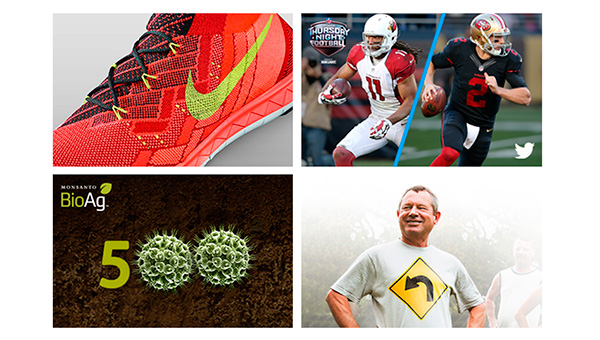Earlier this year, Google announced that as of January 2, 2017, it would no longer support Flash display ads on the Google Display Network or DoubleClick Digital Marketing. The abrupt discontinuation of Swiffy, Google’s Flash-to-HTML5 ad converter, left many digital marketing teams and brands scrambling for solutions to convert newly developed Flash ads to HTML5. Most turned to digital production agencies skilled in producing rich media campaigns.
Now the dust has settled and 2017 is right around the corner. While digital marketers haven’t been able to upload non-HTML5 ads to the Google platforms since June 30, there may still be a few lingering Flash-based ad campaigns in their accounts.
And it’s time to make the switch.
Who’s impacted by Google’s decision to ditch Flash in favor of HTML5 ads?
Technically, you’re only impacted by the January 2 deadline if you’re running Flash-based ads on:
- Google Display Network
- DoubleClick Digital Marketing
If you currently have Flash ads in AdWords or you created (but didn’t launch) Flash ads in the AdWords Ad gallery, it’s time to convert to HTML5 ads.
Even if you’re not using AdWords or DoubleClick. Because Google’s decision marks the end of Flash, at least for rich media ads.
Why you should make the switch to HTML5 ads in 2017
Everyone’s doing it, that’s why.
No really. iOS devices have never supported Flash. Now that Google joined Android, Firefox, Google, Edge, Opera and Safari in pausing, not supporting or requiring click-to-play for Flash-based content, Flash ads just don’t make sense for the digital marketing teams of today (and tomorrow).
The pros and cons of HTML5
It’s no secret: HTML5 digital production is resource intensive compared to Flash. But, HTML5 enables digital display teams to market across any screen or browser. And it doesn’t comes with the security vulnerabilities of Flash.
Maybe you’ve been postponing the switch because you haven’t found a painless solution for converting your existing Flash ads to HTML5 or you don’t have the in-house resources to produce HTML5 ad campaigns. Even though the writing has been on the wall for a few years, Flash was an easy way to create high impact ad formats. HTML5 creative production was a hassle to deal with ‘someday.’
Well, ‘someday’ has arrived.
Digital production budgets will increase in 2017
IT research firm Gartner released data from their CMO Spend Survey 2016-17 showing that 65 percent of marketing leaders intend to increase their digital ad spend in 2017. 52% of the survey respondents plan to increase spending on their website in 2017 as well.
What does that mean for you?
To stay competitive in the 2017 world of digital display advertising, you need to produce digital banner campaigns built on HTML5. That’s how you’ll reach your target audience literally (across any device or browser) and figuratively (HTML5 enables you to build high-impact, high-engagement ads).
Do-it-yourself vs. choosing a digital production partner
After January 2, you have two options for producing HTML5 ads on the Google Display Network or DoubleClick Digital Marketing:
- Use Google tools to build your HTML5 ads
- Upload your own creative
If you only need 1-2 small campaigns each year, a HTML5 ad creation tool like Google Web Designer might work for you. But if you run multiple campaigns throughout the year and need your investment to drive traffic, sales, engagement and more, it’s time to find a digital production agency that can handle your HTML5 creative production needs. Need some guidance? Start with these questions.
***
The digital advertising world has been on notice about the demise of Flash for months, so this reminder shouldn’t come as a shock. (If it does, feel free to get in touch with us – we can discuss solutions for your campaigns.) It’s proof that in this industry, the only certainty is change. And that’s a good thing. It forces brands (and digital production agencies) to evolve, delivering the best possible advertising experience to consumers in the process.





